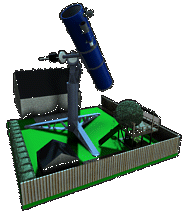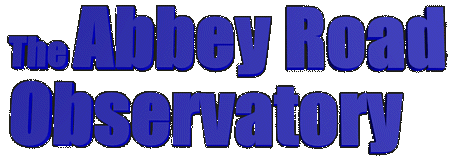BOOKS:
-
"The
Backyard Astronomer's Guide", by Terence Dickinson & Alan
Dyer, Third Edition. An excellent book! This
impressive hard covered tomb is stuffed full of easy to
understand explanations about everything! Choosing a
telescope, choosing eyepieces, choosing other accessories, how
to setup your telescope, how to find things in the sky, on and
on and on. I've read it cover to cover and it has been
immensely informative. It is like have Dickinson and Dyer
in your living room for a long chat! Highly recommended.
Click the image below to view an excerpt of the book.
-
"The
Universe and Beyond", by Terence Dickinson. Yeah
yeah, I know, another Dickinson book. Well you know what,
his books are great because they are written so that people from
a large range of backgrounds can understand and appreciate what
he is trying to say. I received this book as a teenager in
1986, but find my edition no less compelling now than back then.
I'm sure the latest edition (2004) is even better! The
book is a great round trip through everything you'd like to know
about what's out there in space and how it came to be there, at
least as we believe it to be today. Click the image below
to view an excerpt of the book.
-
"Sky &
Telescope's Pocket Sky Atlas", by Roger W. Sinnott.
See "Maps" below.
-
"Atlas of
the Messier Objects - Highlights of the Deep Sky", by
Ronald Stoyan. A beautifully illustrated 350+ page guide
to the 110 Messier deep sky objects. This book provides
detailed information about each object's location in the sky,
its history, astrophysical description, and details about how
best to observe based on a range of different aperture
telescopes. I especially like the abundance of awesome
Hubble space telescope images, and historical hand sketches.
A great reference, though a little hefty to bring out to the
observing site! Click the image below to view an excerpt of the
book.
-
"Guide to
Observing Deep-Sky Objects", by Patrick Moore. A
simple, strait forward reference for finding and observing deep
sky objects. It is organised one constellation at a time,
and includes what I consider a very handy chart for each that
indicates the time and dates when each constellation is best
viewed in the northern hemisphere. Click the image below
to view an excerpt of the book.
-
"Observing
Handbook and Catalogue of Deep-Sky Objects", by Christian
B. Luginbuhl & Brian A. Skiff. A very straight forward and
thorough catalogue of deep-sky objects. There are no fancy
pictures, just greyscale hand sketches, but the information is
concise and to the point. It is organised by
constellation, and provides data about each object so you can
locate and identify it, as well as what you should expect to see
with different aperture telescopes. A great book for
planning your evening observing sessions. Click the image
below to view an excerpt of the book.
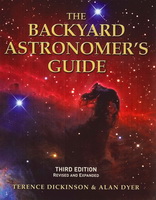
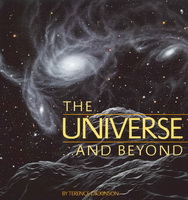
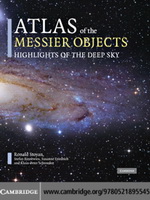
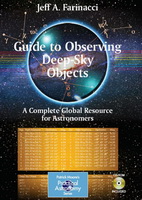
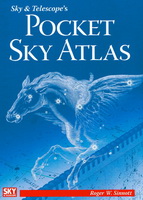
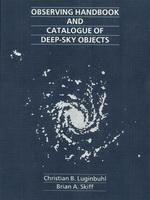 |
